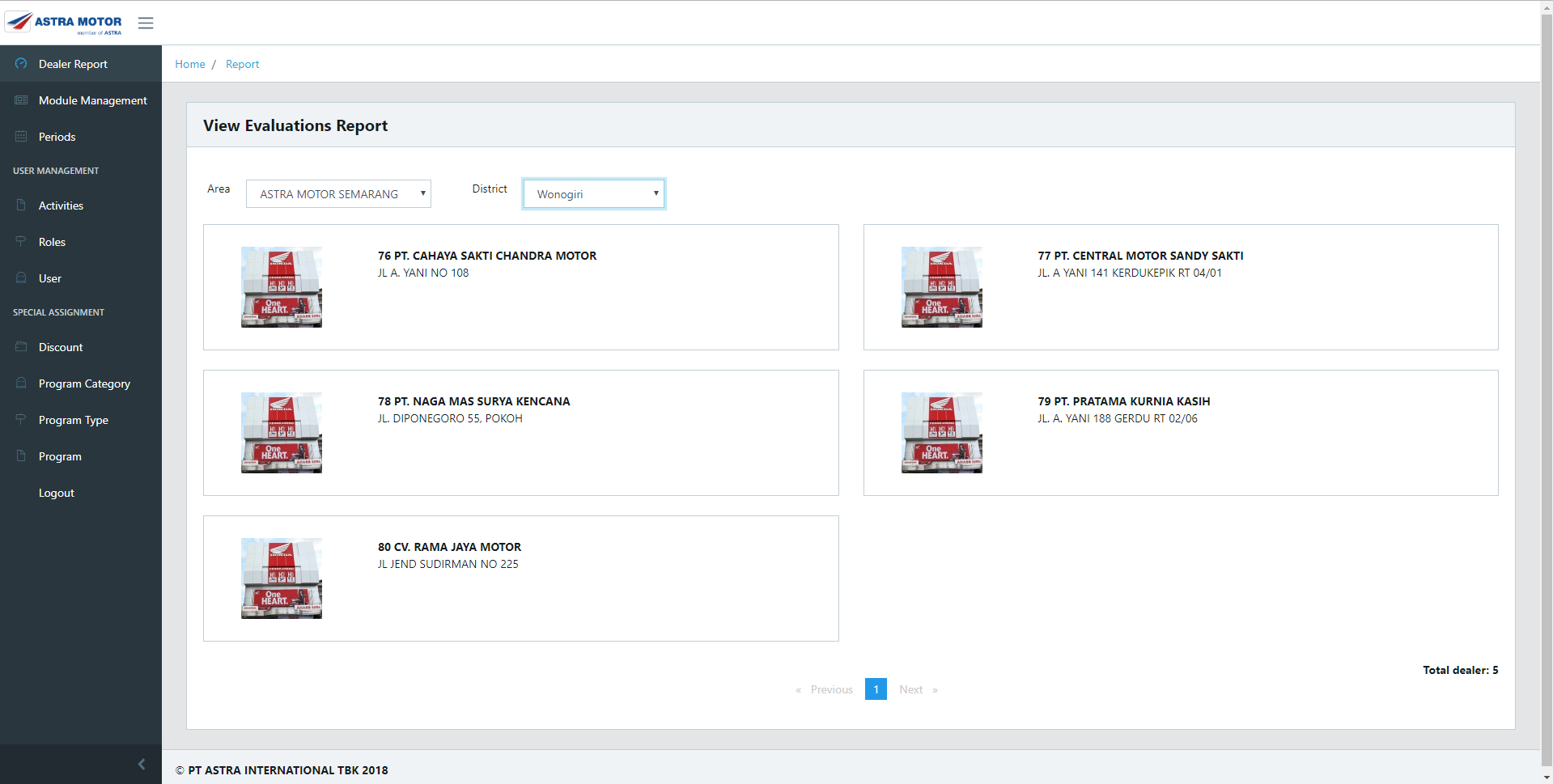Patch management is the process of identifying, acquiring, testing, and deploying software patches to computer systems. Why do we need patch management? Software patches are released by software vendors to fix security vulnerabilities, bugs, and other problems with their software. For example, here are some case studies that we must learn because we do not have a good patch management process.
In 2017, the Equifax data breach was caused by an unpatched vulnerability in the Apache Struts web framework. And then, in 2019, the WannaCry ransomware attack spread rapidly because it exploited a known vulnerability in Windows that had not been patched by many organizations. In 2021, the Log4Shell vulnerability was discovered in the popular logging library Log4j. This vulnerability could be exploited to allow attackers to take control of systems.
Patch management is an essential part of any cybersecurity program. By regularly applying patches, you can help protect your system from known vulnerabilities and improve your overall security posture.
Patch management is important for a number of reasons:
- Security: Patches are often released to fix security vulnerabilities. If you don’t apply patches, your systems will be vulnerable to these vulnerabilities, which could be exploited by attackers. This could lead to data breaches, ransomware attacks, and other serious security incidents.
- Compliance: Many industries and regulations require organizations to maintain a certain level of security compliance. Patch management is an important part of meeting these compliance requirements.
- Reliability: Patches can also fix bugs and other problems with software. This can improve the reliability and performance of your systems.
- Support: Many software vendors require organizations to have applied all relevant patches before they will provide support.
When we need patch management?
You need patch management whenever you are using software. Software vendors regularly release patches to fix security vulnerabilities, bugs, and other problems with their software. Here are some specific examples of when you need patch management?
- When you are using a new software application or operating systems
- When you receive a notification from a software vendor about a new patch release
- When you are required to maintain a certain level of security compliance
- When you are experiencing problems with your software
It is important to note that patch management is not a one-time event. You need to regularly apply patches to all of your systems in order to keep them secure and reliable. Now, are you ready to keep them safe? Let’s protect your system from vulnerabilities! Don’t hesitate to contact us and if you need more insights please follow our social media.

























































good insight